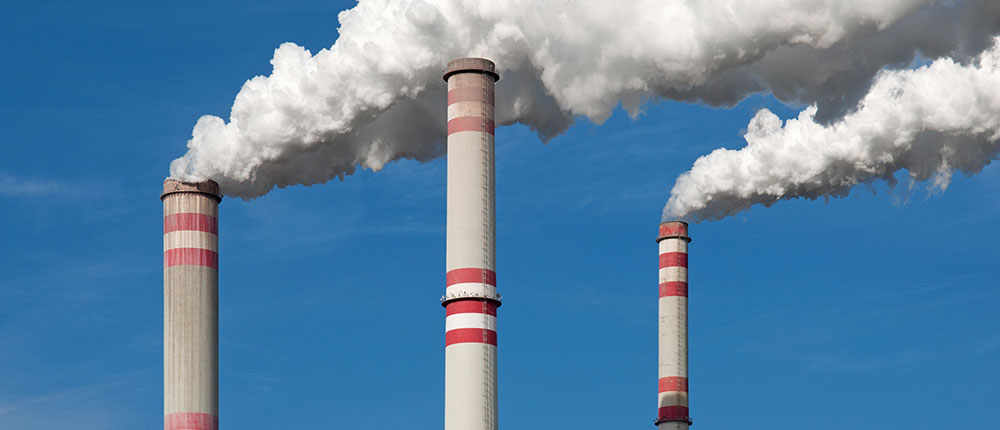Discussion Paper on Clean Development Mechanism as Catalyst for Sustainable Development Mechanism Under Article 6.4
Our analysis highlights the necessity of undertaking a full transition of unused certified emission reductions (CERs) from the Clean Development Mechanism (CDM) projects in order to create a trust in the international processes and the market mechanisms.

COP 25 comes at a crucial time in the global climate change discourse. On the one hand, the urgency to limit temperatures below 2°C is being increasingly felt across the globe. On the other hand, market mechanisms that can help incentivize action to limit these temperature rises are yet to be finalized. Among some pertinent issues under Article 6 of the Paris Agreement, one of the widely debated ones is transitional arrangements from the Clean Development Mechanism (CDM) of the Kyoto Protocol to Article 6.4 mechanism (often referred to as the Sustainable Development Mechanism (SDM)) of the Paris Agreement. This transition has three dimensions: (i) migration of existing projects and programmes of activities; (ii) migration of certified emission reductions (CERs), and (iii) validity of baseline and monitoring methodologies and other rules of CDM under Article 6.4.
Developing countries have been pressing for acceptance of transitional arrangements along all the three dimensions. However, there is stiff resistance from many developed countries to the recognition of CDM projects and CERs as valid instruments under SDM, on grounds of anticipated lack of environmental integrity and additionality to ambition.
As a new perspective to the discourse, this paper argues that transitioning from CDM to SDM will act as a catalyst for advancing the new mechanism rather than acting as a hurdle to its success. Some of the key findings and inferences of the paper are: the CDM will be required to fill the inevitable void before SDM is in full force; that CDM will catalyse the growth of SDM and put prices on an upward trajectory rather than depress it; and finally that, by removing the trust deficit the CDM will strengthen the climate ambition and environmental integrity in the long run.
The new project activities under the SDM are likely to take at least 3 years before they can issue new credits, just as CDM projects did. In this void, existing CERs will act as an incentive to continue emission reduction efforts by registered projects until new projects under SDM are eligible to issue the credits. The analysis also shows that demand from Carbon Offsetting and Reduction Scheme for International Aviation (CORSIA) and Nationally Determined Contributions (NDCs) commitments post-2020 will be enough to fully absorb the supply of about 2.5 billion CERs before 2024, i.e. less than 4 years after the SDM comes in force. It is also argued that the threat of rock-bottom prices is short-lived. The proposed SDM will build itself on the experience gained from CDM and will have a broader scope in terms of environmental integrity, and the use of the carbon credits. If the SDM builds on existing CDM methodologies, it will strengthen the governance mechanism for integrity and additionality.
Lastly, private sector actors have invested heavily in eligible projects under the CDM and are likely to be the ones investing in SDM. Trust deficit in the market mechanism must be removed to provide a strong perception of legal certainty to the CDM and SDM so that investments in emission reduction projects are only increased and not halted.
